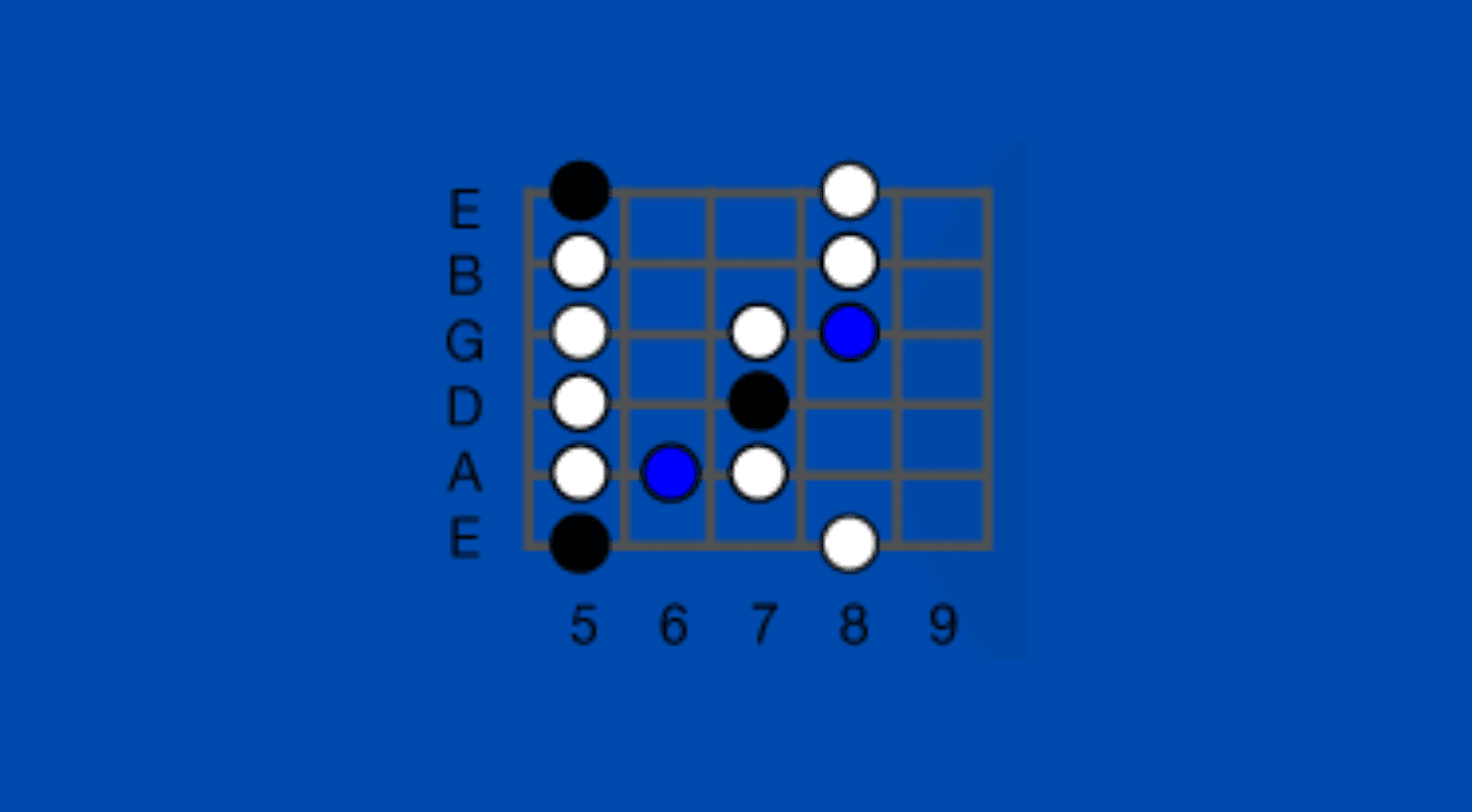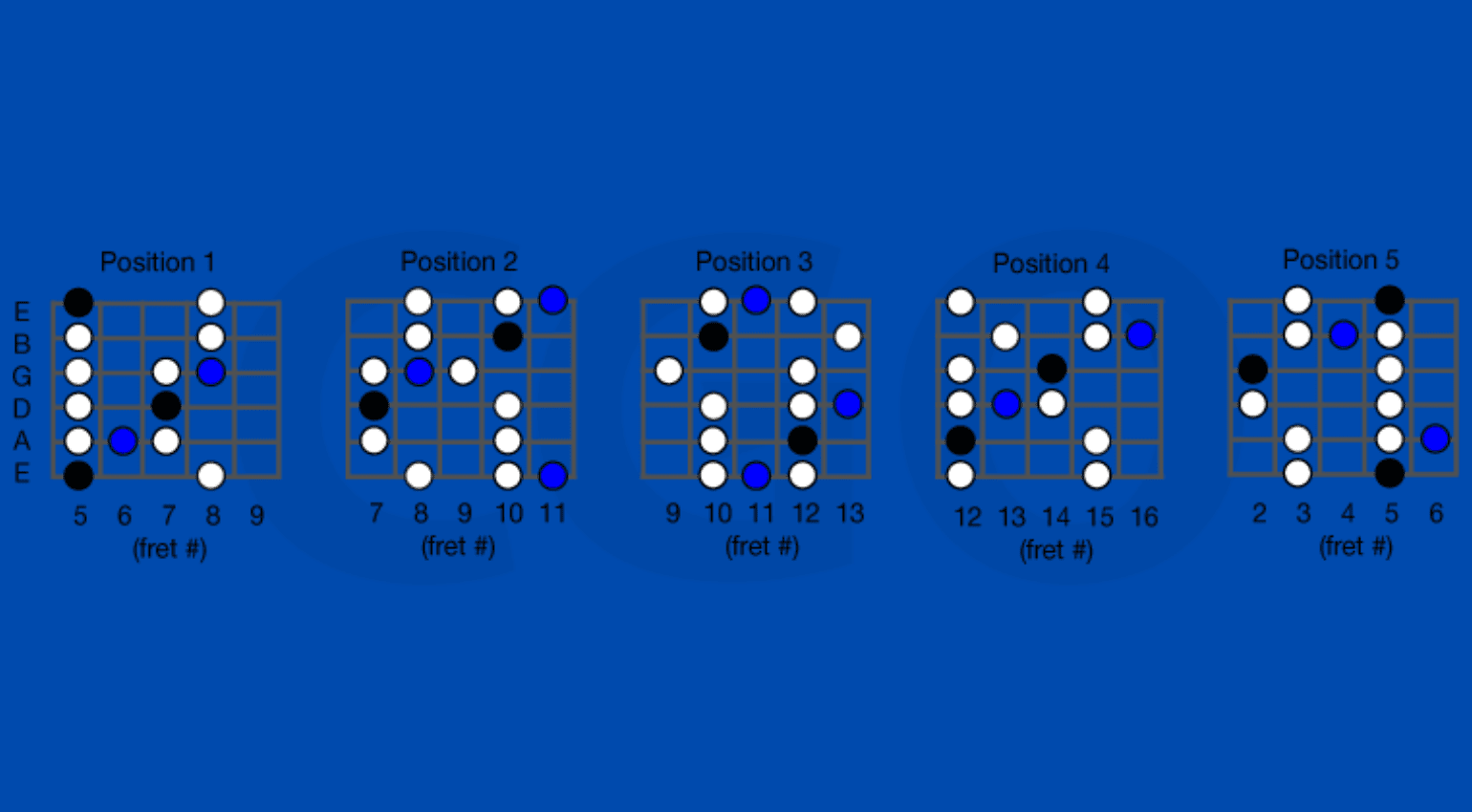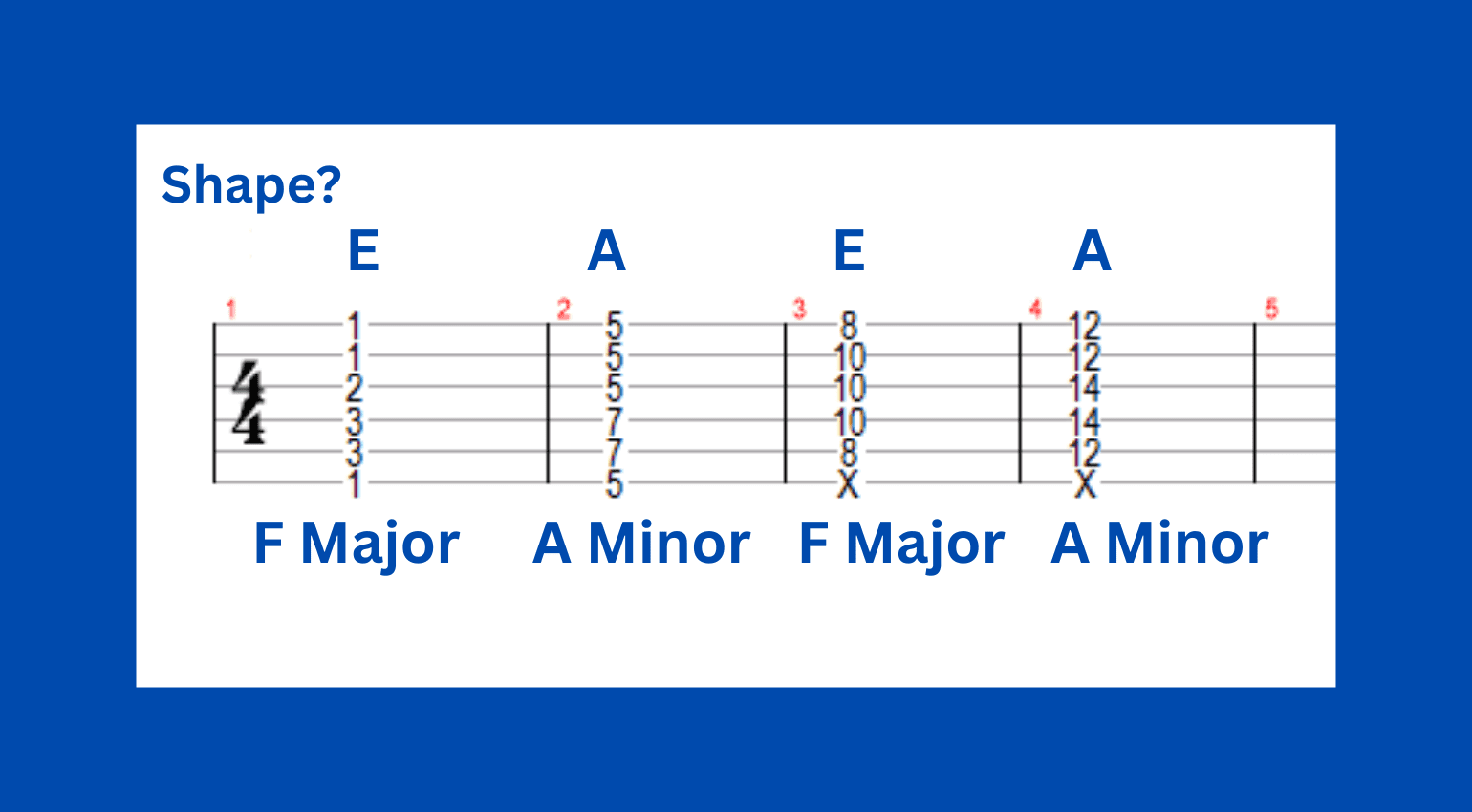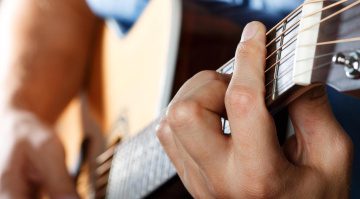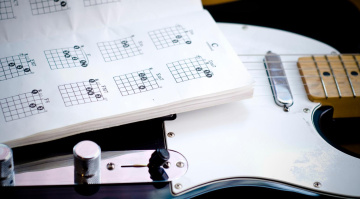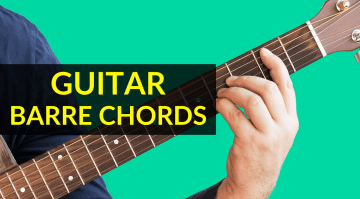How to Improve Guitar Skills: Effective Devices You Should Know
Learning guitar can be a long and arduous journey. From strumming through your favourite tunes to writing a killer lick, knowing the right skills are essential. Check out these effective devices to help improve your guitar skills.
How to Improve Guitar Skills: Effective Devices You Should Know
Looking at improving guitar skills is such a broad concept to consider. Here, we’re going to look at actual playing devices you can use to help improve your guitar skills. Although, there are other elements you can add to your practice schedule:
- Using a Metronome
- Practice Slowly
- Set Specific Goals
- Get Feedback from Counterparts
How can we be proactive when learning guitar? Let’s take a look…
TAB Reading
Standard notation, in music, is the language we use for displaying information about a piece of music. However, it is often regarded as a difficult skill to master. TAB, short for tablature, is universal amongst guitarists and will no doubt help improve your guitar skills.
Benefiting a range of players, TAB is an essential device that you should know. Take a look at the TAB below, and see if you can recognise this iconic riff!

TAB Reading – Peter Gun
A single note guitar riff from the 1970s, that isn’t Smoke On The Water. The TAB above depicts the fretboard on the guitar. Six horizontal lines refer to the strings; starting with the low E string at the bottom, and the high E string at the top. The low E is at the bottom as it is the lowest in pitch. Moreover, we use a series of numbers that sit on each line. Numbers show us which fret to play.
A zero tells us that that string is open, and a number four would tell us to play the fourth fret on whichever line the number falls on.


Although basic, TAB will unquestionably improve your guitar skills. By mastering this skill, you’ll be able to play or write, any guitar riff you like.
Memorising the Fretboard
Guitars usually have at least 22-frets across six strings. But did you know that you don’t actually have to remember all of them?
Firstly, you will need to do a bit of homework. Leaning the notes on the low E and A strings is a great starting point. Sitting comfortably? Starting from the 1st fret there’s F, F#, G, G#, A, Bb, B, C, C#, D, Eb, E. Similarly, on the A string we have Bb, B, C, C#, D, Eb, E, F, F#, G, G#, A.
We can associate these notes with various frets on the guitar. Most fretboards will have inlays, shown as dots on the 3rd, 5th, 7th, 9th, 12th frets etc. If you break these notes down into which fret they sit on, we can effectively improve our guitar skills and knowledge of the fretboard.
Similarly, we can do the same thing with the notes on the A string. So, the 3rd fret on the A string would be C, the 5th fret is D, the 7th is E, the 9th is F# and 12 is A.
Octaves
An octave is the same note as another but in a different pitch. On guitar, we can find an octave by playing a note, for example, C on the A string, moving two strings down and two frets across. We would therefore end up on the 5th fret of the G string. This is the octave of C.
Why is this significant? Because, by easily calculating the octaves on the E and A strings, we can learn where the notes are across the remaining strings. Altogether, a thorough method of how to improve guitar skills.
Scales
Having become more familiar with the fretboard, it’s only right to look at some scales. The foundation for some of the greatest riffs ever recorded. Not just a boring technique your teacher makes you practise.
Starting with the Blues Scale, an ideal starting point. This scale lends itself to numerous genres of music and iconic riffs, namely Johnny Be Goode and Heartbreaker.
Here we have the first position of the A blues scale. The black dots show us the root notes, which in this key are A. Furthermore, we have the blue notes which give the scale its name and sound.
Learn this simple selection of notes, and you’ll be on track to learning solos, riffs, and the fretboard. Additionally, we can move this shape across the fretboard in order to play the scale in different keys.
Alternatively, if you’re really looking at how to improve guitar skills, why not look at learning the different positions of this scale?
Barre Chords – How to Improve Guitar Skills
Surely, not another tricky technique? I accept that barre chords aren’t everyone’s cup of tea. Although they can be an extremely useful way to improve your guitar skills.
Notably, the F barre chord is a particularly difficult one, aggravating guitarists for years. Why? Because lots of open chord songs consist of an F major chord, and playing the simplified Fmaj7 chord just doesn’t cut it.
Considering the TAB above, we can see some E and A shape barre chords. What do we mean by this? An E shape barre chord is one where the root is on the E string. Similarly, an A shape barre chord is where the root is on the A string.
Using our fretboard knowledge from earlier, we can see that F major is on the 1st fret when on the E string and utilises the same chord shape as an open E chord, but with our 1st finger covering all six strings. Contrastingly, a major shape on the A string uses an open A chord shape, played by the 3rd finger in the fretting hand.
Both E and A shape chords have majors and minors. To achieve a minor chord, we simply flatten the major third, so it becomes a semi-tone lower and therefore completes the minor chord.
You are currently viewing a placeholder content from YouTube. To access the actual content, click the button below. Please note that doing so will share data with third-party providers.
Improvising
Finally, we’re going to look at how you can take some artistic licence when looking at how to improve guitar skills. Improvising is a stress-free way to improve finger dexterity and scale retention.
Arguably, the best way to go about improvising would be to explore the blues scale that we looked at earlier. Utilising a familiar set of notes always helps.
Next, get yourself a backing track. This can be in any style or genre that you like! It will need to be in your chosen key, as the chords in the track will best suit your scale. We want to pick notes at random from the scale, hence the term improvising. Eventually, you’ll find some ideas and riffs that seem to work.
Over time, you’ll be able to add some cool techniques in there too like:
- Hammer-Ons
- Pull-Offs
- Bends
- Double Stops
How to Improve Guitar Skills
These techniques are all effective devices that you should know. Furthermore, by throwing some of them into your practice schedule, you’ll start to see some improvements in no time. So, what else would you do to improve as a guitarist?

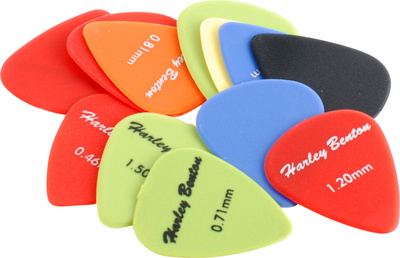


Further Guides:
*Note: This post contains affiliate links and/or widgets. When you buy a product via our affiliate partner, we receive a small commission that helps support what we do. Don’t worry, you pay the same price. Thanks for your support!

 4,6 / 5,0 |
4,6 / 5,0 | 



